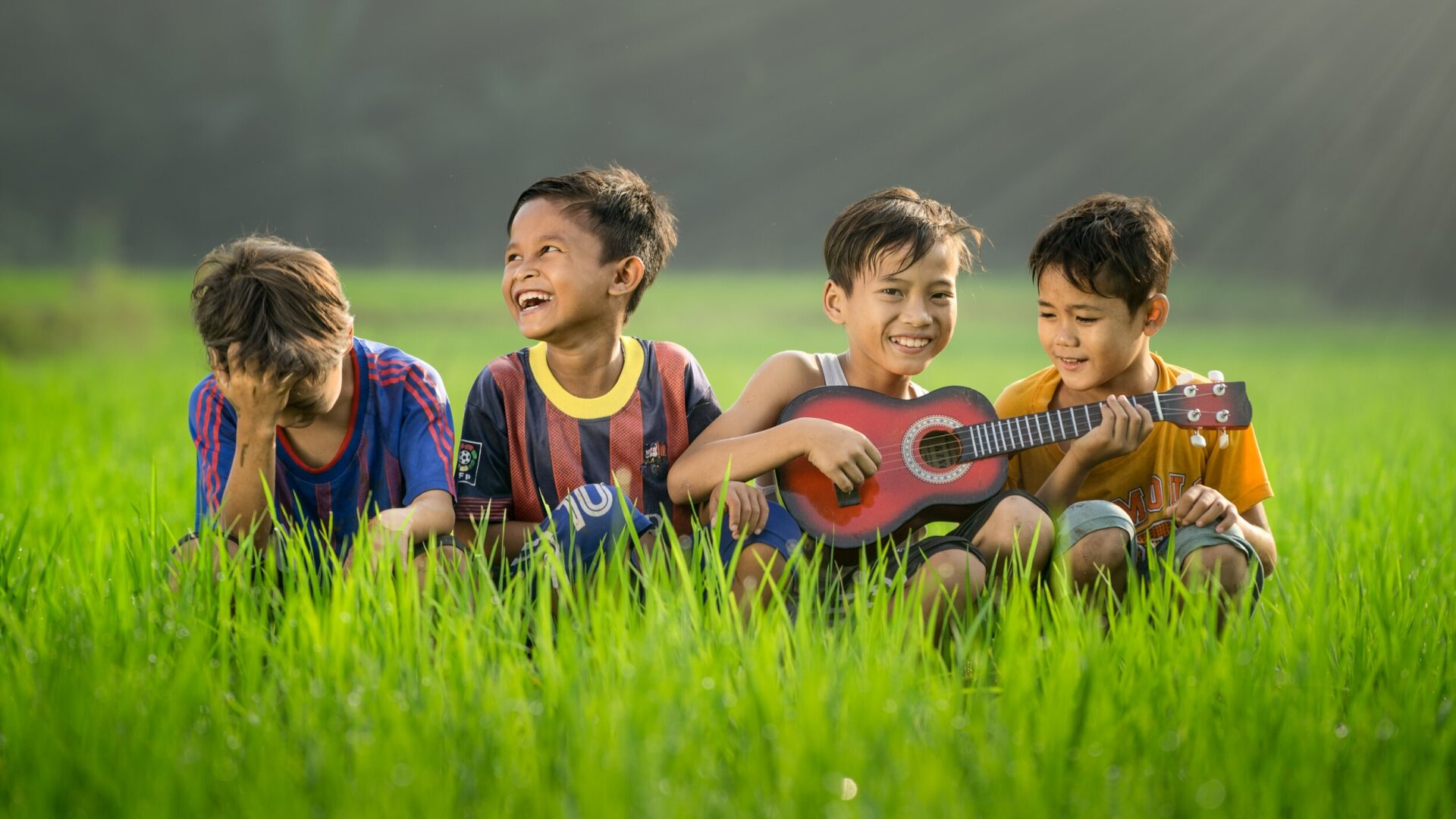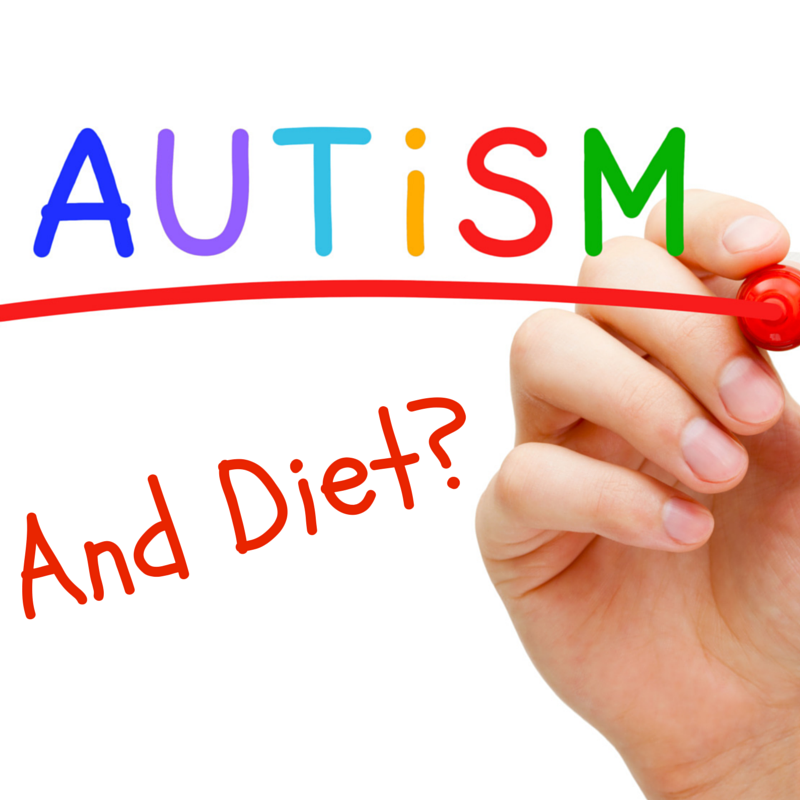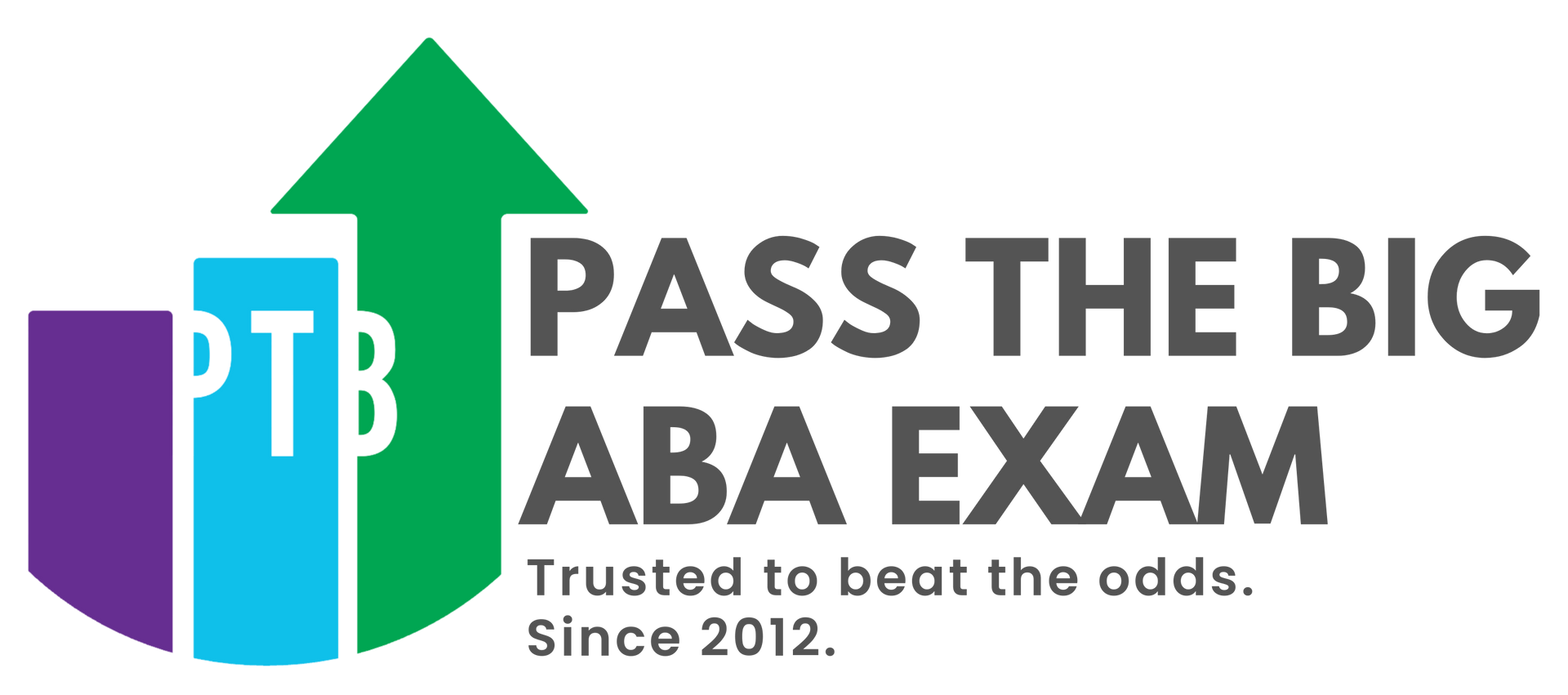Full suite of services for children impacted by autism.
Are kids with autism afraid of clowns?
I recently took my kids to the circus. Standing in a long and winding line, we waited for the doors to open. Circus themed vendors and entertainers weaved in and out of the line amusing and selling their wares. The woman on stilts came stumbling by and my boys cheered with glee. The man selling popcorn and cotton candy came by and children ran up to him looking back expectantly at their parents. The teenager selling twirly-light-up-swirly-things walked through and a mob of children rushed him.
And then a clown.
My otherwise bold boys suddenly coiled behind my legs, watching the clown stoically. The clown knowingly kept his distance from all the children, smiled, pretended to trip over himself, and then disappeared from wherever he had come. Whereupon the children and joy and excitement all reappeared and the circus was right again.
Let’s recap: My two year-old, who has never seen a horror film, the Batman’s Joker, or any other parody of a killer-clown, was stricken with fear at the first site of a clown.
A clown: A kid friendly person dressed in kid friendly colors and clothes, with a permanently kid friendly smile painted across his face. Trying to give away balloons and candy. And nobody wants anything to do with him. What gives?
This question has been asked by others for quite some time. In 2008 a study was published from the University of Sheffield where 250 children ages 4-16 were surveyed and found to “universally dislike” clowns. The discussion that followed noted that our fear of clowns does not appear to come from the popular media portrayals of evil clowns. Rather, the effective portrayal of evil clowns comes from our seemingly instinctive and underlying fear of these characters.
Our fear of clowns as it turns out, is connected to our ability to read social cues, especially those expressed through the face.
Deeply rooted in our evolutionary social-biology is the understanding that we must be able to quickly differentiate danger from safety. We can’t afford to wait and see who the bad guys and good guys are. We naturally and without thought read people’s eyes, mouth movements, and subtle expressions to determine if we should approach or withdraw. We can do this from across the room, we do this in all interactions with people and animals, and it is the basis of our social communication. Paul Ekman has done extensive research on this noting that even barely detectable changes in expression, called micro-expressions, are acknowledged and measured by the human mind. His work has gone on to train law enforcement, TSA, military and is the basis for the TV show Lie to Me.
A key part of autism for most individuals is difficulties in social communication. Said simply, the social behaviors that seem to come naturally to everyone else are like a foreign language to many people with autism. Some can learn this foreign language, some can pretend they understand it enough to get by, and others never understand it at all.
To compare social behaviors to a foreign language does not quite make the point, because even those who speak their native French or German had to originally learn this language. Most of our foundational social behavior is not learned, we are born with it. It is evolutionarily hardwired into our DNA. For those with autism it seems this wiring may be different.
Clowns are scary to us because we can’t read their faces. Behind the makeup and the clown nose, we can’t tell what is really going on. And that feels unsafe. Unsure. Unknown.
As I considered all of this at the circus I had the thought:
I wonder if having autism is a bit like being in a world full of clowns? Everyone has a face painted on but you have no idea what really is going on behind it.
I guess that might be a little scary. Might make me a bit anxious. Think I might just keep to myself.
Not sure I would even look those damn clowns in the eyes.
Get the latest autism news and insights direct to your inbox.
Contact Us
We will get back to you as soon as possible.
Please try again later.
Ph: 808-625-3000
Fx: 808-625-3006
Info@mpacfamily.com
Administrative Offices
100 Kahelu Ave
Suite 110
Mililani HI 96789
Malama Pono Autism Center strives to provide equal access to information and services for individuals of all abilities. Closed captioning, translation, and other accessibility options can be provided upon request.
All Rights Reserved | Site by Fix8






